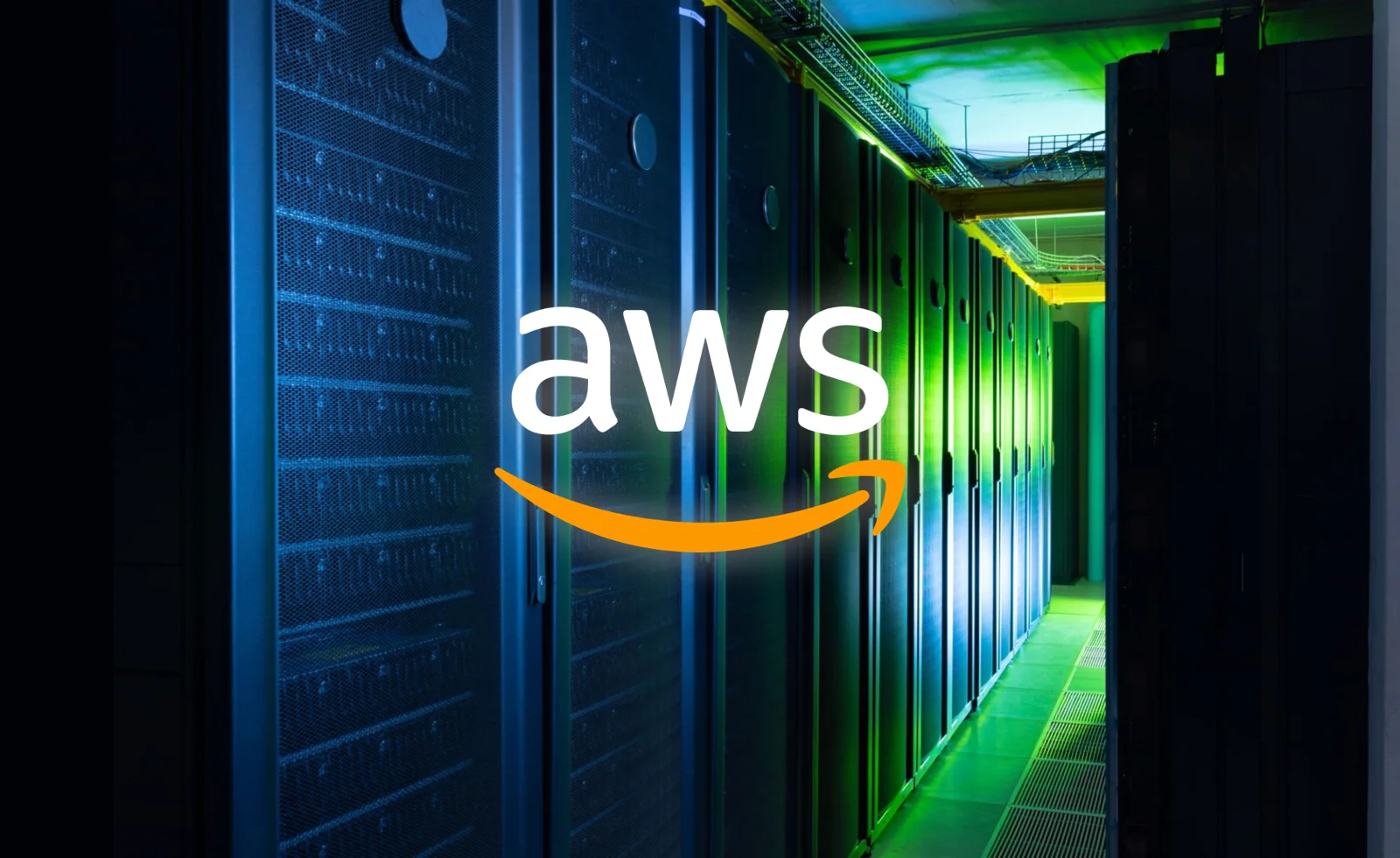One of the most important steps in increasing efficiency, reducing costs, and improving performance is optimizing your infrastructure within the cloud setup.
In this article, we have listed five such essential tips for optimizing your AWS cloud infrastructure, following which you can ensure that you achieve maximum profitability.
Tips for Optimizing AWS Infrastructure

1. Efficient Resource Management
Understanding and Monitoring Usage Patterns
Start with getting a clear picture and constant monitoring of how your resources are used for efficient cloud infrastructure management. This includes a thorough analysis of how the company manages its resource utilization, which applications work, and an understanding of their needs.
This approach results in decisions on expansion and resource allocation.
Implementing Auto-Scaling for Dynamic Resource Adjustment
Auto-scaling is a revolutionary element in cloud management. This provides a facility whereby you do not need to wait before getting what you like. You can just purchase and also scale up so as to use those resources immediately in order to fulfill the demands of your app at that moment.
It ensures that you give your applications adequate resources during peak hours and saves money when resource usage is reduced. Auto-scaling is only successful when you are aware of both operational necessities and avoidable charges.
2. Cost Optimization Strategies
Choosing the Right Pricing Model
There are different types of billing schemes for cloud services, like pay-as-you-go, reserved instances, and spot pricing. In addition, choosing the best-suited model for your use pattern will largely depend on your total cost of ownership.
The strategy is to undertake an extensive study on the utilization of resources to get the best and most affordable price. Getting advice from certified AWS professionals can be highly beneficial in this process.
Proactive Budget Management
Effective cost management in the cloud should also include forward budget planning and spending monitoring. Set a spending limit using tools made available on the cloud, and get an alert upon reaching this limit.
The advantage of this is that it prevents budget overshooting and thus enables you to spend where your budget is directed to meet your goals. Another significant factor that ensures cost-effectiveness is keeping up with your budget as you change operations.
3. Prioritizing Security and Compliance
Conducting Regular Security Assessments
The security of the cloud is undoubtedly important. It is crucial to carry out regular security assessments to discover these weak spots and solve them. Most cloud service providers have systems that give real-time reports during the operation without necessarily requiring manual intervention.
Such tools may provide you with a glimpse of likely vulnerability points and measures for improvement in your systems.
Implementing Comprehensive Access Management
It is vital to have a strong IAM to guarantee security in the cloud. Defining user roles, ensuring that strong authentication is enforced, and following the principle of least privilege are part of this process.
Apart from that, it is crucial to conduct periodic reviews of access policies and permissions in order to limit the possibility of data leakage and unauthorized entry.
4. Enhancing Performance Efficiency
Optimizing Storage and Database Solutions
Appropriate storage and database choices are very important for maximal efficiency. However, this is a subjective decision and will depend on the requirements of your application. For example, data-oriented applications might need high-performance SSD storage, while less vital information can remain on HDDs at much lower expenses.
You may want to look at various storage solutions’ performances and how they are related to the application requirements for remarkable performance gains.
Utilizing Content Delivery Networks (CDNs)
CDN is an important component in improving application performance. They improve load times and minimize latency because they store content closer to the end-users.
Not only does this improve users’ experiences, but it also eases the load on a basic infrastructure to enhance productivity at large.
5. Sustainable and Scalable Infrastructure
Adopting Eco-Friendly Practices
Sustainability should be a key element in the cloud strategy, considering increased environmental consciousness. These include picking energy-saving materials, whereby it is advisable to consider alternative means with lower emissions.
Nowadays, several cloud vendors provide greener alternatives that users can choose from and make their environmental footprint smaller.
Designing for Future Scalability
The aspect of scalability also plays an important role in the design of cloud infrastructure. The infrastructure must be able to change and expand as you progress. It means not only growing in line with rising demand but also managing growth during periods of low demand.
Using a scalable infrastructure will help mitigate future uncertainties like this so that you don’t have to do serious upgrades later on in order to save time and money.
In conclusion, resource management, cost efficiency, security, performance, and scalability are all areas that need consideration by organizations when optimizing their cloud infrastructure, and it is a continuing process. These are some of the main aspects that should be considered when developing a cloud environment that can support the changing needs of your organization.
Related Posts:
- What to Consider when Choosing a Cloud Server Provider
- Securing Your Cloud Infrastructure for Android Devices
- Why Interoperability is a Weakness in Cloud Computing
- How to Conduct a Cloud Security Assessment? – 5 Steps
- From On-Premises to the Cloud: Overcoming the Obstacles of Cloud Migration
- The Importance of Securing Your Cloud-Native Applications
- Containerization: Managing Applications in the Cloud
